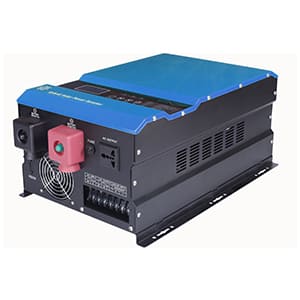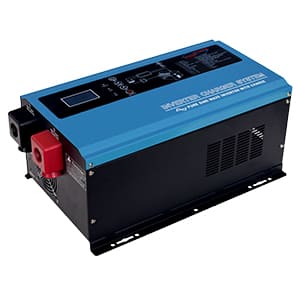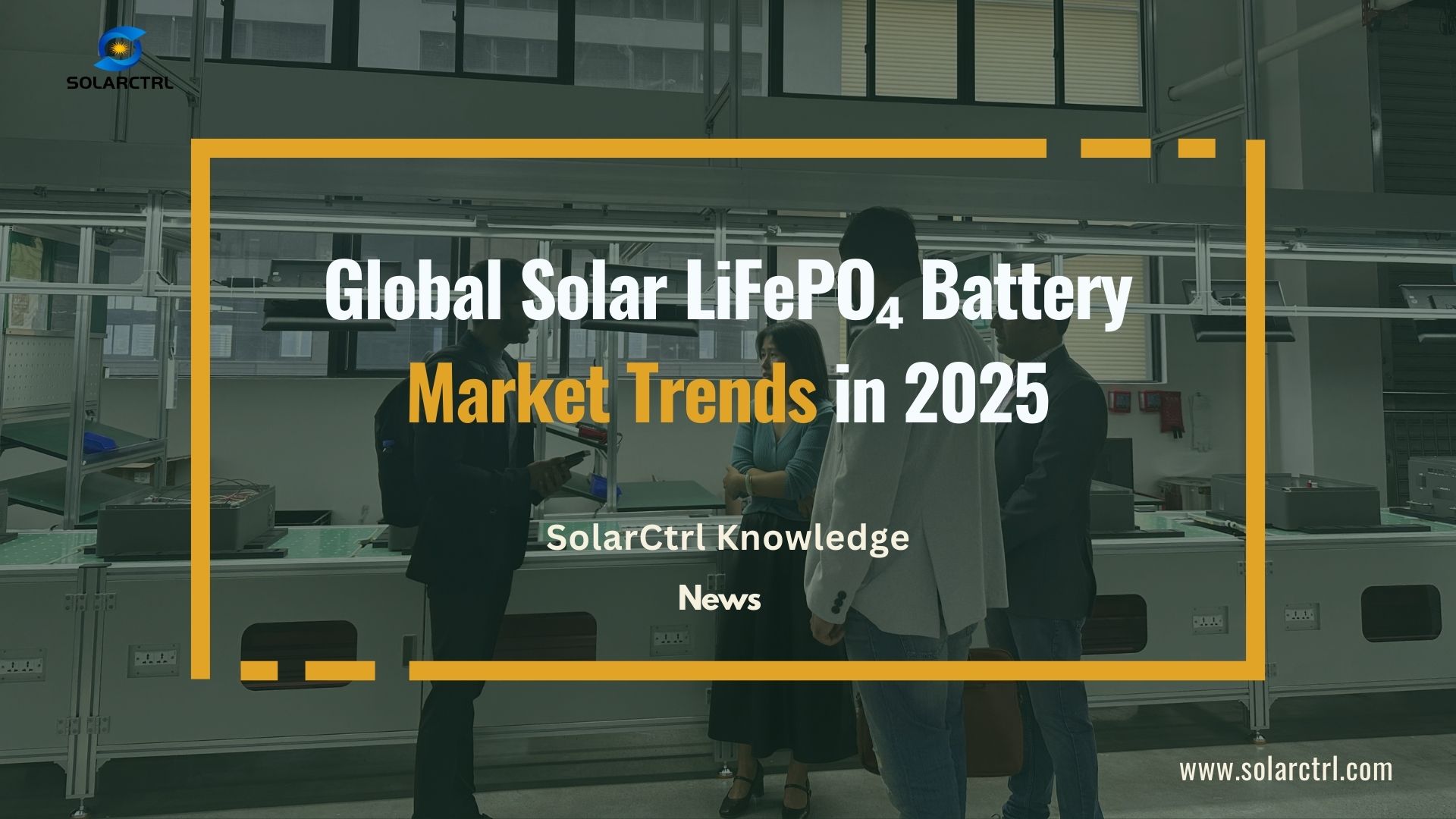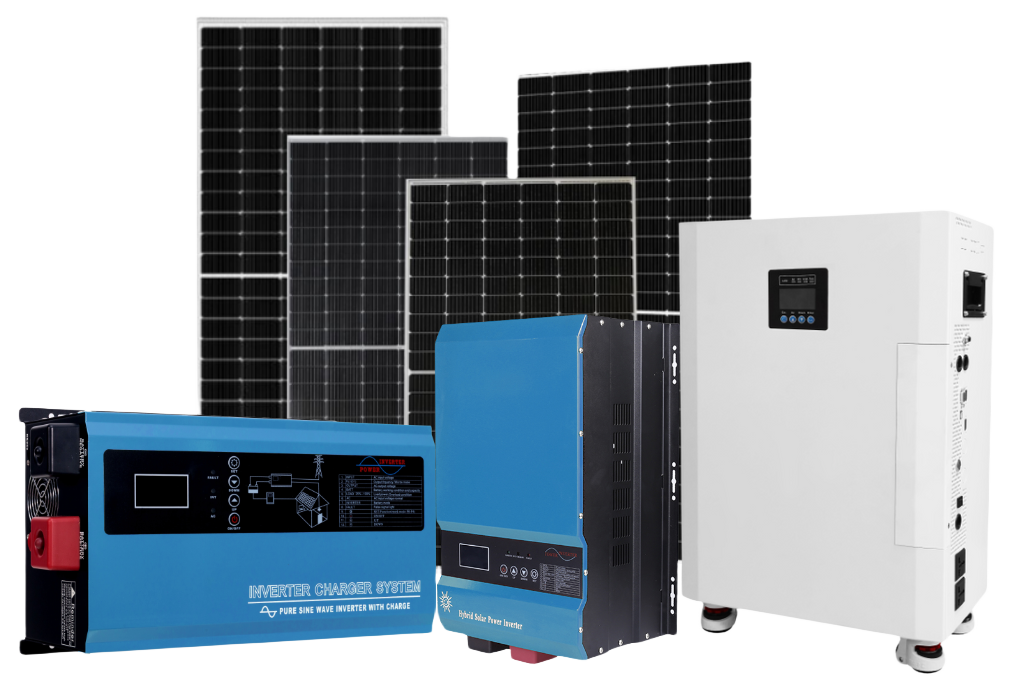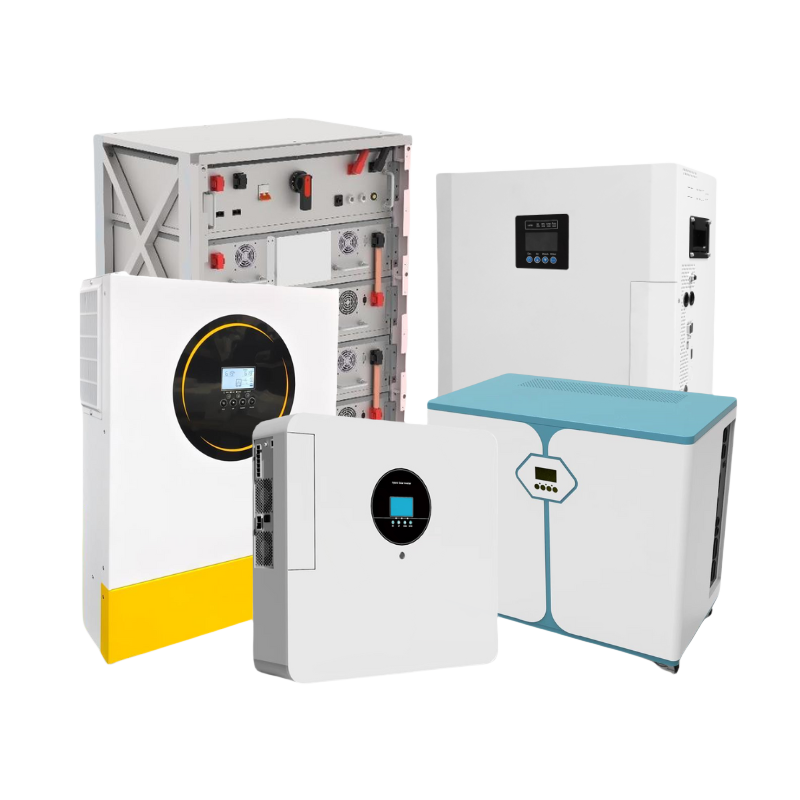
How to Set Up the Inverter of a Solar System?
Setting up the inverter of a solar system is a critical step in ensuring your system runs smoothly and efficiently. Whether you’re installing a solar system for your home, business, or a larger-scale project, the inverter plays a key role in converting the direct current (DC) from your solar panels into usable alternating current (AC) for your appliances. In this guide, we’ll walk you through the essential steps for setting up your solar inverter, providing practical tips along the way.



